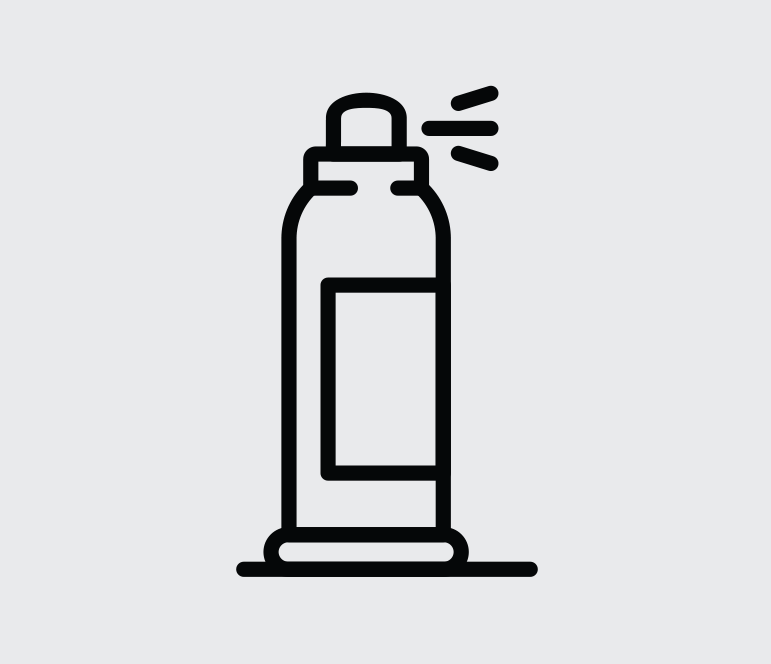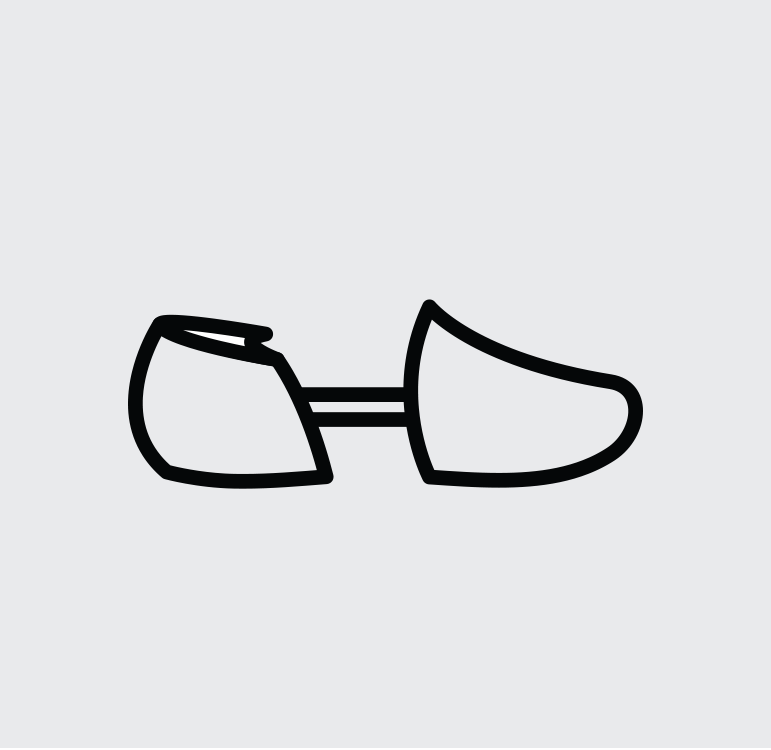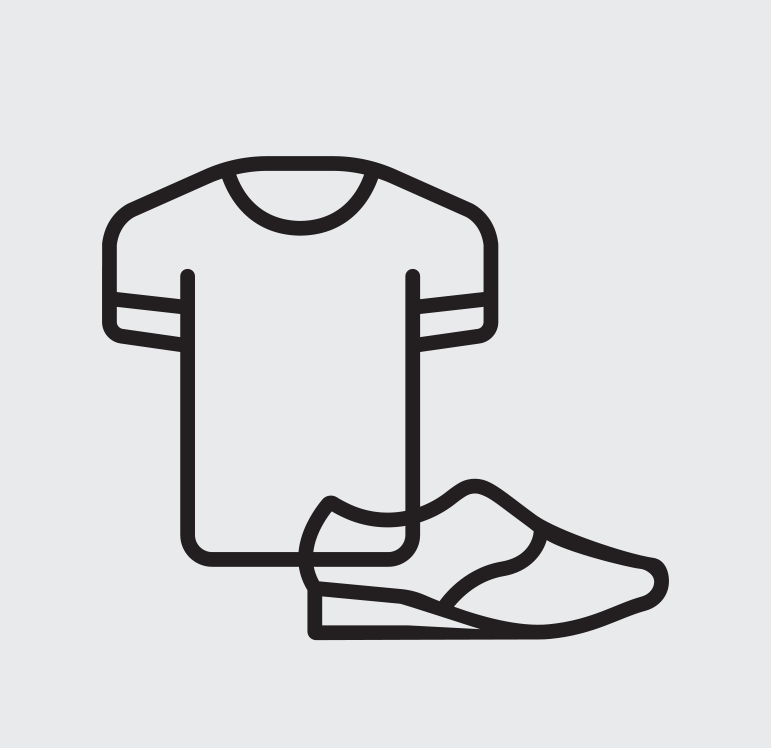Shoe Care Guide

CARE SUGGESTIONS

You have the shoes - now it's time to take care of them! Here's what we suggest.
1. PREVENT
Preventative care is always best - spray both exterior AND interior surfaces with a surface protectant before wearing your shoes for the first time, and after cleaning sessions. The right kind of protectant varies by material (we cover different materials below)
2. AVOID WATER
Don't soak your shoes in liquids or water. This can damage the leather structure. Water should especially be avoided or used sparingly. Never machine wash LDP shoes.
3. CONDITION
Periodically condition leather surfaces with a gentle treatment such as Cobbler's Choice Leather Cream (not for nubuck or suede). Use creams formulated for that specific leather type.
4. PROTECT
When not wearing your shoes for an extended period, keep them covered in a box (or your LDP Shoes dust bag) to prevent dust build up.
5. SHOE TREES
To help shoes keep their shape, insert shoe trees before putting them away. Select ones that are made with unvarnished cedar, fir, or pine wood - all of which have natural anti-microbial and moisture and bacteria inhibiting properties.
6. KEEP THEM SEPARATED
Dyes and colors from clothing (such as dark denim) could rub off on light shades of suede or nubuck leather. Protecting your dark suede or nubuck shoes with a protectant can help the color from bleeding onto light clothes due to sweat or moisture exposure.

Suede can easily be damaged if exposed to water (as in the case of rain the puddles) or moisture, so be sure to invest in waterproofing sprays and solutions formulated for suede to safeguard them against the elements.
Recommended Items for Suede
- A hard-bristled suede brush (or clean toothbrush)
- Clean, dry clothes for wiping off dust, stains, and smudges
- Rubbing alcohol or white vinegar
- Waterproofing or fabic protectant spray
Suede Stain Care
- No matter how deep or dramatic the stain may look, you should always begin by gently rubbing the item with a clean and dry cotton cloth in order to remove loose particles.
- For light stains: Brush the shoes with a firm back and forth motion using a (CLEAN) stiff-bristled brush. Alternatively, you can clean spot stains with a special product known as a suede eraser.
- For heavier stains: Dampen a clean rag with any of the following: white vinegar, rubbing alcohol, or liquid shoe cleaner (but be sure that it's marked as safe for suede!) Rub the dampened rag over the stained area with a firm, circular motion, and let your shoes dry completely. When the shoes are dry, give them a good brush to fluff up the nap (fibers) and remove any residual dirt.
- Removing dirt and debris: Gently brush the stained area towards a single direction in order to scrape the top layer of grime off the surface. Once this has been removed, brush the area again. Do so more vigorously in a back-and-forth motion to take out deep-seated dirt from the fibers. Always finish brushing in the direction of the natural grain to maintain its smooth finish.
- Heavily soiled: If your suede items are heavily soiled, we advise taking them to a professional to be cleaned. A professional can remove mud, dirt and salt stains while ink or paint stains require an ink-lifting chemical. However, ink can be pretty permanent. Keep ink pens closed and far away from suede and leather.
Suede shoes got wet?
- Don't panic! Water is usually bad news for suede, but that doesn't spell the end for your shoes.
- Let them dry overnight
- Come morning, use a stiff-bristled brush to remove any mud.
- Dampen a clean cloth with either white vinegar or rubbing alcohol to remove any residual staining.
- Finish by gently brushing in the direction of the natural grain for a smooth finish.
- Once totally dry, spray with a surface protectant.

Tips for keeping soles and foam surfaces clean
Recommended Items for Soles and Foam Surfaces
- A clean rag or toothbrush.
- A mixture of lukewarm water and a few drops of clear dish soap.
- A surface protector spray formulated for sneakers.
- Waterproofing or fabric protectant spray.
Care Instructions for Soles and Foam
- Take a clean rag or a toothbrush and brush off the excess dust from the foam.
- Prepare a cleaning mix of lukewarm water and a few drops of clear dish soap. Using your toothbrush, apply the soapy mixture, rubbing in gentle, circular motions.
- Allow to air dry in a sunny spot. Once dry, spray with a surface protectant like Scotchguard or Kiwi Sneaker Protector.

Follow these tips to extend the life of your hook and loop straps.
Recommended Items for Hook and Loop Closure
- Brush with hard bristles or a fine metal tooth comb
- Scissors
Care Instructions for Hook and Loop Closures
- Long-term care: Avoid resting hook and loop straps on carpet or other rough surfaces where it can get caught. This can cause unnecessary pull and wear on the surface of the straps.
- Removing debris (rough side): If the hook (rough) side is clogged with debris, use a brush with hard bristles or a fine metal tooth comb to dislodge debris particles. Use tweezers to remove any debris that may be stubbornly lodged between bristles.
- Removing debris (fuzzy side): Check the loop (soft/fuzzy) side: if there is debris, usethe same approach as with the hook. Clean with a hard-bristled brush or fine tooth comb.
- Worn out loops: If the loop is becoming worn, carefully trim it with scissors. Only take the top portion off and be careful to make it as level as possible. Try the strap one last time. If none of these solutions work, the hook or loop may need to be replaced. Contact a shoe repair specialist for further assistance.

Nubuck is top-grain leather that has been sanded or buffed on the grain side (the outside) to give a slight nap of short fibers, producing a velvet-like surface. Where suede is made from the inner layer of a hide, nubuck is the outer layer. Because nubuck's appearance and texture are similar to that of suede, you can apply most of the essential tips for taking care of suede shoes to those made with nubuck.
Recommended Items for Nubuck
- Nubuck leather cleaning cloth (or clean, dry, cotton cloth)
- Leather degreaser or baking soda
- A clean toothbrush
- Surface protectant formulated for nubuck leather
Care Instructions for Nubuck
- First step: No matter how deep or dramatic the stain may look, you should always begin by rubbing the item with a CLEAN nubuck leather cleaning cloth, in order to remove loose particles.
- Oily stains: For oily stains, you'll need to spray your item with a special leather degreaser, or sprinkle on baking soda. This spray will turn to powder on the surface of the leather, soaking up any oily deposits which can then be rubbed away with a cloth and a regular leather cleaning solution. For baking soda, let the powder sit on the shoes for about 15 minutes, then brush it away. Gently brush off the baking soda with a clean toothbrush to lift and remove the dirt/substance.
- Ink or paint stains: A professional can remove mud, dirt and salt stains while ink or paint stains require an ink-lifting chemical. However, ink can be pretty permanent. Keep ink pens closed and far away from your leather goods.

Nappa leather is a gentle, top-quality leather that undergoes a unique tanning process and is softer and more pliable than most hides. It's used for the interior lining of many LDP shoes. Known for its softness and breathability, nappa is the most fragile type of leather. Caution should be taken to use a delicate product and gentle touch.
Recommended Items for Nappa
- Nubuck leather cleaning cloth (or clean, dry, cotton cloth)
- Leather degreaser or baking soda
- A clean toothbrush
- Surface protectant formulated for nubuck leather
Body oils (such as sweat)
Moisture, and body lotions can cause nappa leather to darken over time. While it doesn't impact the quality of the leather. It can change its color to a dark shade. To prevent this, use a high quality leather protector (formulated for nappa leather) and apply a conditioning cream regularly (see below for product suggestion).
Care Instructions for Nappa
- Surface protection: Because of nappa's high porosity (ability to allow moisture to penetrate), we strongly recommend regular protection against water and stains. A standard waterpoofer is not ideal as you risk permanently destorying the leather. Instead, use a silicon-free water protector made specifically from delicate or sensitive leathers.
- Cleaning or periodic maintenance: Nappa is tough to clean without darkening the leather. Use a cream for nappa such as Saphir Nappa Cream, and always apply with a gentle touch.
- Avoid water: Nappa leather should not get wet or be washed with water.

